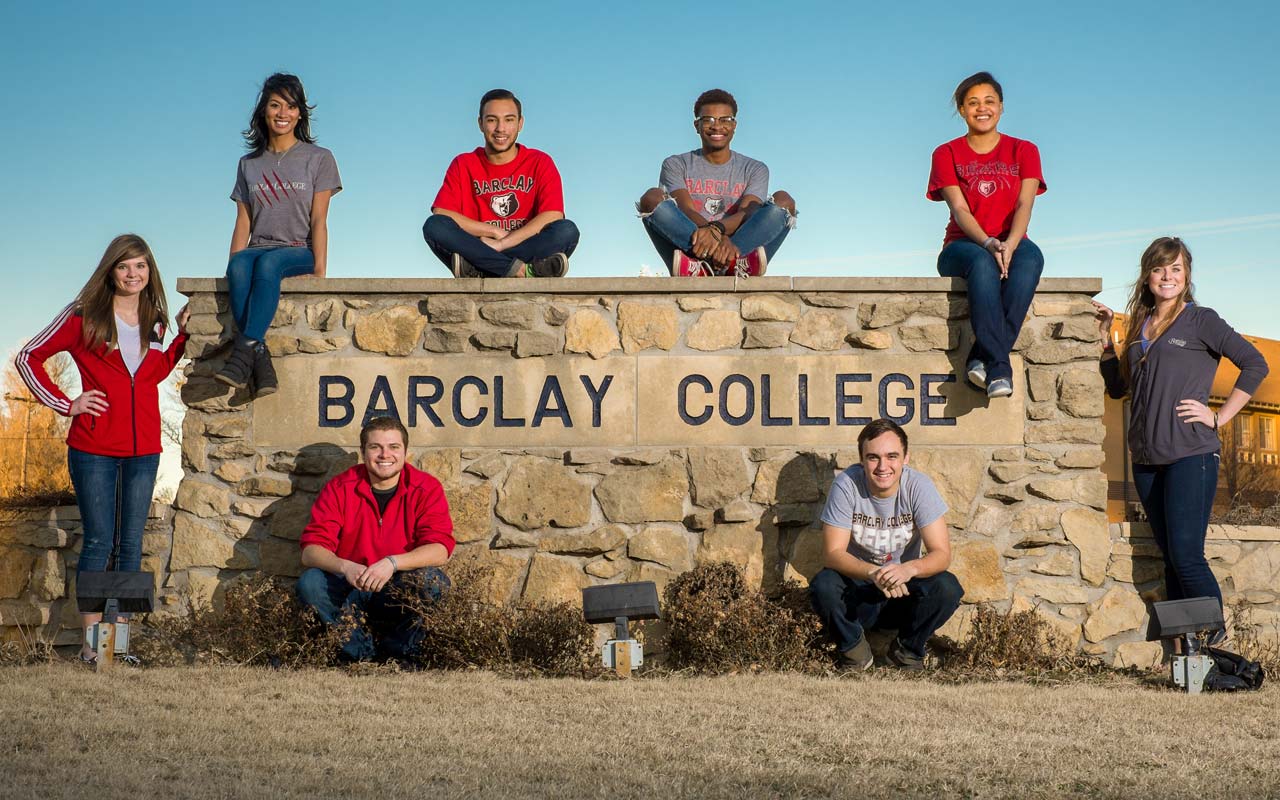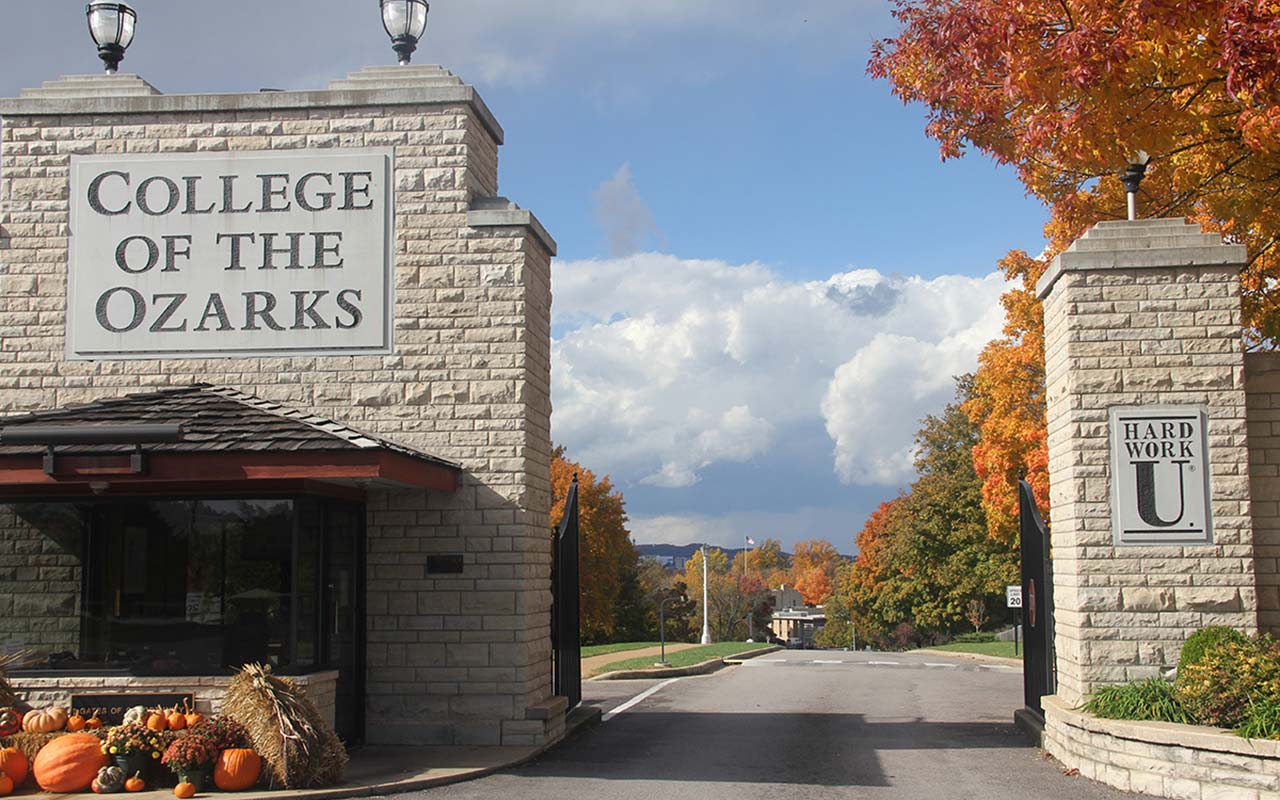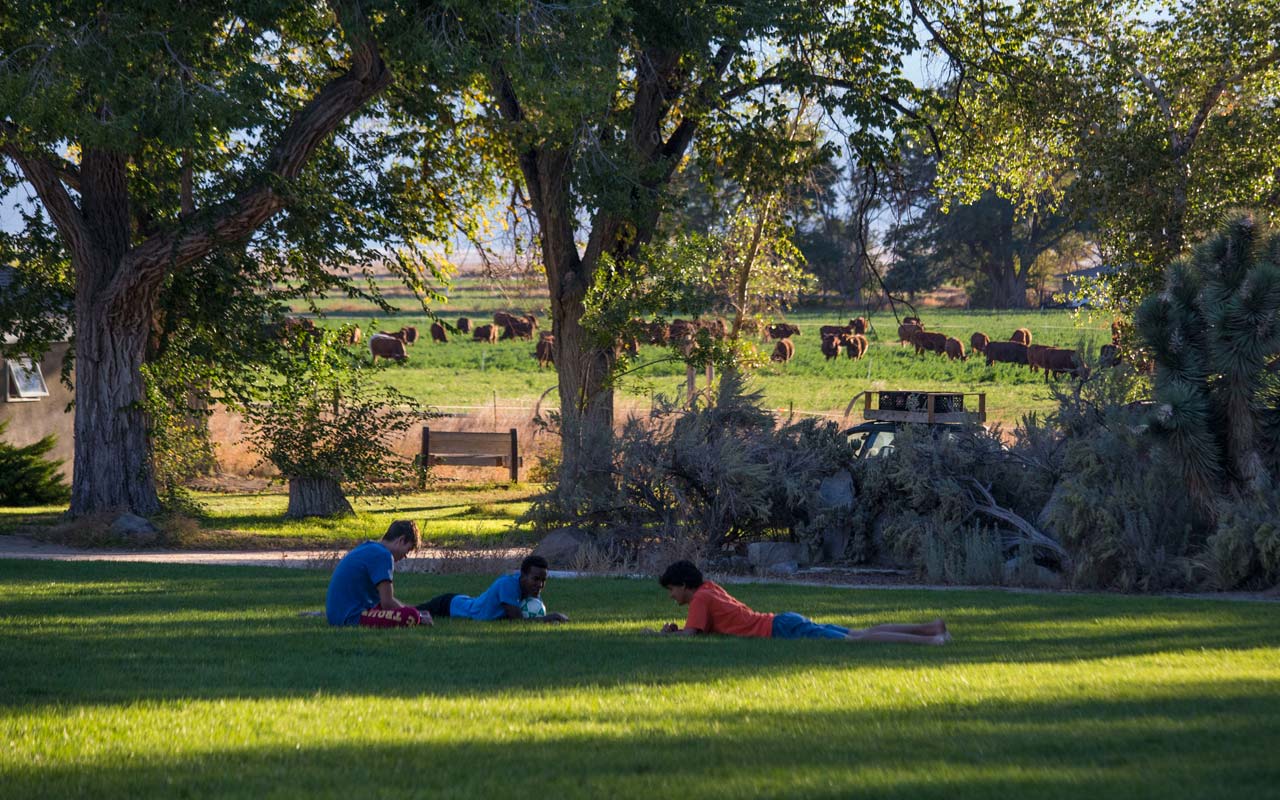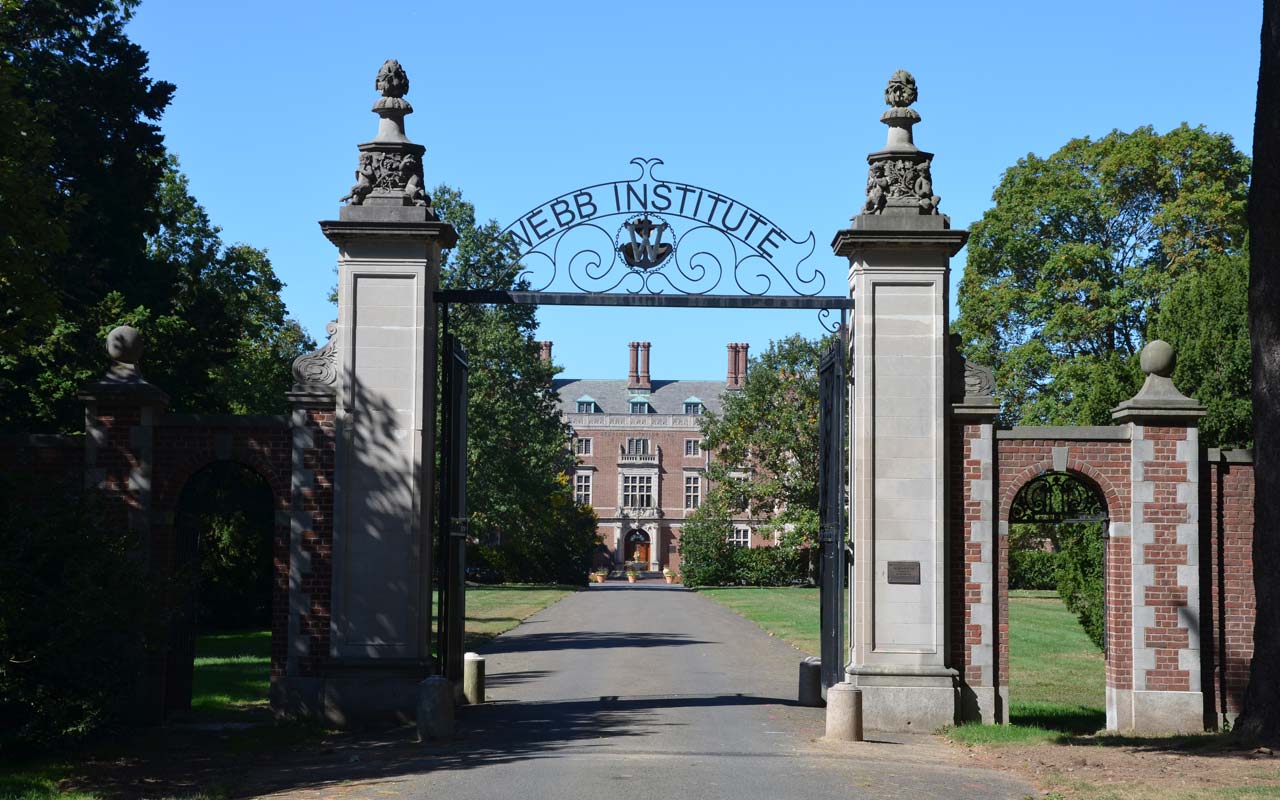10 Colleges Where Tuition Is Free
You might think there's no escaping the high—and still rising—cost of college.


You might think there's no escaping the high—and still rising—cost of college. But at some schools, the cost of tuition rings up as zilch, zero, nada.
These ten colleges across the country offer free tuition. At many of the schools, students work a set number of hours in a student work program or, in the case of the military academies, commit to a period of service after graduating.
Not surprisingly, the savings for families is significant. During the 2015–16 academic year, the average annual sticker price for tuition and fees for in-state students attending a four-year public college was $9,410, according to the College Board. Meanwhile, the average annual cost of tuition and fees for out-of-state students at a four-year public college was $23,893. Private colleges were even pricier, at an average total cost of $32,405.
Although the schools listed here are tuition-free in most cases, students and their families are expected to pay for required fees, room and board, and books. Financial aid is often available to help defray those costs.

Alice Lloyd College
- Location: Pippa Passes, Ky.
- Undergraduate enrollment: 616
- SEE ALSO: 10 Best College Values, 2016
At this small liberal-arts college, located in a Kentucky town named after a Robert Browning poem, students from much of Central Appalachia won’t pay tuition regardless of their family's financial situation. Instead, all full-time students are required to work at least 10 hours each week as part of the requirements for graduating. Across the school's 225-acre campus, students fill a variety of roles, from receptionists and computer technicians to lifeguards and groundskeepers.
Students from the school's 108-county service area, which spans portions of Kentucky, Ohio, Tennessee, Virginia and West Virginia, can expect to spend about $9,590 a year on required fees, room and board, and books. Additional financial aid is available; some students work extra hours to cover non-tuition costs. When they aren't attending class or working on campus, they can explore the nearby Daniel Boone National Forest and Kingdom Come State Park.

Barclay College
- Location: Haviland, Kan.
- Undergraduate enrollment: 292
This Bible-centric college on the prairie was founded by Quakers in 1917. Today the school admits students from all evangelical faiths. Barclay’s degree programs are mostly religious—majors include worship arts, youth ministry and missions work—but the school also offers majors in business administration, elementary education, and psychology and family studies.
Barclay’s 20-acre campus spans six blocks in central Kansas. All full-time students who live on campus receive a full-tuition scholarship of $12,500 per year. Students may also receive other scholarships and need-based financial aid to help cover the additional $12,490 annual cost of fees, room and board, and books.

Berea College
- Location: Berea, Ky.
- Undergraduate enrollment: 1,643
- SEE ALSO: 10 Great Colleges That Cost Less Than $20,000
In 2016, Berea College ranked number 93 on Kiplinger's overall list of 300 best value colleges—thanks in part to its full-tuition scholarship. It also has the lowest average student debt at graduation of all 300 schools on our best values list. Berea was founded by abolitionists and other reformers in 1855 and admits only students with financial need. The school’s sticker price for room and board, required fees and books after the full-tuition scholarship is $7,742 for the 2016–17 academic year.
Located 35 miles south of Lexington, Ky., Berea offers 32 academic majors in the arts, sciences and some professional programs. All Berea students receive the tuition scholarship, which amounts to nearly $100,000 over four years. They are required to work 10 to 15 hours per week on campus while carrying a full academic load. The average family income for a Berea student is $28,652. Additional financial aid is available for students who need help with living expenses, such as housing; among students who borrow, the average debt at graduation is a slim $7,928.

College of the Ozarks
- Location: Point Lookout, Mo.
- Undergraduate enrollment: 1,500
- SEE ALSO: 10 Great Colleges That Won't Make Students Take Loans
This small liberal-arts college, about an hour south of Springfield, bills itself as “Hard Work U”—but it doesn’t bill students for tuition. Nearly all of the school’s students are from the Ozarks region of the country, including portions of Arkansas, Illinois, Kansas, Missouri and Oklahoma. Instead of paying tuition, students work 15 hours each week at an assigned campus job, such as in the admissions office or at the bookstore or computer center. Students also work two 40-hour weeks each year when classes aren’t in session. Some students continue at their campus job through the summer to earn money to cover room and board and other expenses, which generally run about $8,200 per year.

Curtis Institute of Music
- Location: Philadelphia, Pa.
- Undergraduate enrollment: 138
For students looking to pursue a degree in the performing arts, this tiny music academy is an affordable option compared with traditional colleges with a music or performing-arts program. Getting in isn’t easy—the school generally accepts about 4% of applicants—but those offered admission won’t pay tuition. Students who live on campus can expect to pay about $18,100 per year to cover room and board, fees and other expenses. Additional financial aid is available.
Each year, Curtis students put on more than 200 concerts in Philadelphia as well as numerous performances around the world. Students recently performed in Athens, Seoul and Hong Kong. While on campus, students can major in composition, conducting, guitar, keyboard or orchestral instruments, or vocal studies on their way to receiving their bachelor of music.

Deep Springs College
- Location: Big Pine, Calif.
- Undergraduate enrollment: 26
Set between the White and Inyo mountain ranges in Deep Springs Valley, this isolated, working cattle ranch and alfalfa farm is home to a tiny, two-year liberal-arts college, where about two dozen students study the humanities, social sciences and natural sciences. Every admitted student receives a full scholarship for tuition and room and board. Once on campus, students can expect to be put in “intense contact with nature” and take responsibility for the school’s ranch and farm while studying a variety of liberal-arts subjects. The all-male group of students is responsible for many of the administrative chores involved in running the college, including making admissions decisions, hiring faculty and reviewing student performance.
The school’s 155-acre campus is the only habitation in Deep Springs Valley; the closest large town, Bishop, Calif., is 40 miles away. But students often travel to the Sierra Nevada, Death Valley National Park and the Ancient Bristlecone Pine Forest. After completing the two-year program at Deep Springs, students typically transfer to a four-year college to complete their undergraduate degree.

Macaulay Honors College at the City University of New York
- Location: New York City, N.Y.
- Undergraduate enrollment: 2,122
- SEE ALSO: 10 Best Values in Public Colleges, 2016
Qualifying for in-state tuition is one way to trim the college tab—but New York State residents who attend Macaulay Honors College, the honors college in the City University of New York system, get an even better deal. They receive a full-tuition scholarship, a laptop and up to $7,500 to pursue research, educational and service opportunities outside the classroom. Macaulay students attend classes at one of eight CUNY senior colleges (Baruch, Brooklyn, City, Hunter, John Jay, Lehman, Queens and Staten Island).

U.S. Military Academies
- Air Force Academy, Colorado Springs, Colo. (enrollment 4,100)
Coast Guard Academy, New London, Conn. (enrollment 900)
Merchant Marine Academy, Kings Point, N.Y. (enrollment 906)
U.S. Military Academy, West Point, N.Y. (enrollment 4,400)
U.S. Naval Academy, Annapolis, Md. (enrollment 4,400)
If you’re interested in serving in the military but want to enter the services as a commissioned officer, you’ll generally be expected to have earned a four-year degree. But that doesn’t mean you have to pay to attend a traditional college or university. Across the country, the U.S. Naval Academy, the Air Force Academy, the Coast Guard Academy, the U.S. Military Academy and the Merchant Marine Academy offer free tuition and room and board. The government also picks up the tab for the students’ uniform and books and a stipend to help cover other expenses. In return, students commit to serving as an officer for a set period—usually five years—after graduation.

Webb Institute
- Location: Glen Cove, N.Y.
- Undergraduate enrollment: 94
- SEE ALSO: 10 Great Colleges With the Lowest Average Graduating Debt
Students at the Webb Institute needn’t ask each other the all-too-common ice breaker, “What’s your major?” This small college, located on the north shore of the Long Island Sound and just 25 miles from New York City, has only one academic option—a double major in naval architecture and marine engineering. Students attend classes on the school’s 26-acre campus, which includes a private beach. In addition to attending classes during the fall and spring semesters, students participate in an eight-week “winter work” term each year to gain experience through mandatory internships in the industry.
Students receive a full-tuition scholarship, valued at more than $47,000 for the 2016–17 academic year, but they can expect to spend about $15,500 per year on fees, room and board, and books. Students with financial need may receive need-based aid to cover these costs.

Williamson College of the Trades
- Location: Media, Pa.
- Undergraduate enrollment: 265
Located just 14 miles west of Philadelphia, Williamson has been offering men who want to attend a trade school a free education since the 19th century. The school’s three-year program is open to unmarried men without children who will be younger than 20 years old on their first day of classes. All students receive a scholarship that covers tuition, room and board, and books.
Once on campus, students can select from six mechanical trade programs: carpentry, horticulture, machine-tool technology, masonry, painting and coating technology, and power-plant technology. To keep students involved, the school requires that they participate in at least one student activity per year, ranging from archery, chess and a student newspaper to baseball, basketball and lacrosse.
Profit and prosper with the best of Kiplinger's advice on investing, taxes, retirement, personal finance and much more. Delivered daily. Enter your email in the box and click Sign Me Up.

-
 'Donroe Doctrine' Pumps Dow 594 Points: Stock Market Today
'Donroe Doctrine' Pumps Dow 594 Points: Stock Market TodayThe S&P 500 rallied but failed to turn the "Santa Claus Rally" indicator positive for 2026.
-
 The Wealth Equation: Balancing Money and Stress
The Wealth Equation: Balancing Money and StressSponsored Don’t let assets be a liability that strains your family.
-
 Is Your Emergency Fund Running Low? Here's How to Bulk It Up
Is Your Emergency Fund Running Low? Here's How to Bulk It UpIf you're struggling right now, you're not alone. Here's how you can identify financial issues, implement a budget and prioritize rebuilding your emergency fund.
-
 New Ways to Use 529 Plans
New Ways to Use 529 PlansTax-free withdrawals from 529 plans could help you sharpen your job skills.
-
 I Want to Help Pay for My Grandkids' College. Should I Make a Lump-Sum 529 Plan Contribution or Spread Funds out Through the Years?
I Want to Help Pay for My Grandkids' College. Should I Make a Lump-Sum 529 Plan Contribution or Spread Funds out Through the Years?We asked a college savings professional and a financial planning expert for their advice.
-
 What to Do With Your Tax Refund: 6 Ways to Bring Growth
What to Do With Your Tax Refund: 6 Ways to Bring GrowthUse your 2024 tax refund to boost short-term or long-term financial goals by putting it in one of these six places.
-
 What Does Medicare Not Cover? Eight Things You Should Know
What Does Medicare Not Cover? Eight Things You Should KnowMedicare Part A and Part B leave gaps in your healthcare coverage. But Medicare Advantage has problems, too.
-
 15 Reasons You'll Regret an RV in Retirement
15 Reasons You'll Regret an RV in RetirementMaking Your Money Last Here's why you might regret an RV in retirement. RV-savvy retirees talk about the downsides of spending retirement in a motorhome, travel trailer, fifth wheel, or other recreational vehicle.
-
 How Intrafamily Loans Can Bridge the Education Funding Gap
How Intrafamily Loans Can Bridge the Education Funding GapTo avoid triggering federal gift taxes, a family member can lend a student money for education at IRS-set interest rates. Here's what to keep in mind.
-
 How an Irrevocable Trust Could Pay for Education
How an Irrevocable Trust Could Pay for EducationAn education trust can be set up for one person or multiple people, and the trust maker decides how the money should be used and at what age.
-
 UTMA: A Flexible Alternative for Education Expenses and More
UTMA: A Flexible Alternative for Education Expenses and MoreThis custodial account can be used to pay for anything once the beneficiary is considered an adult in their state. There are some considerations, though.
